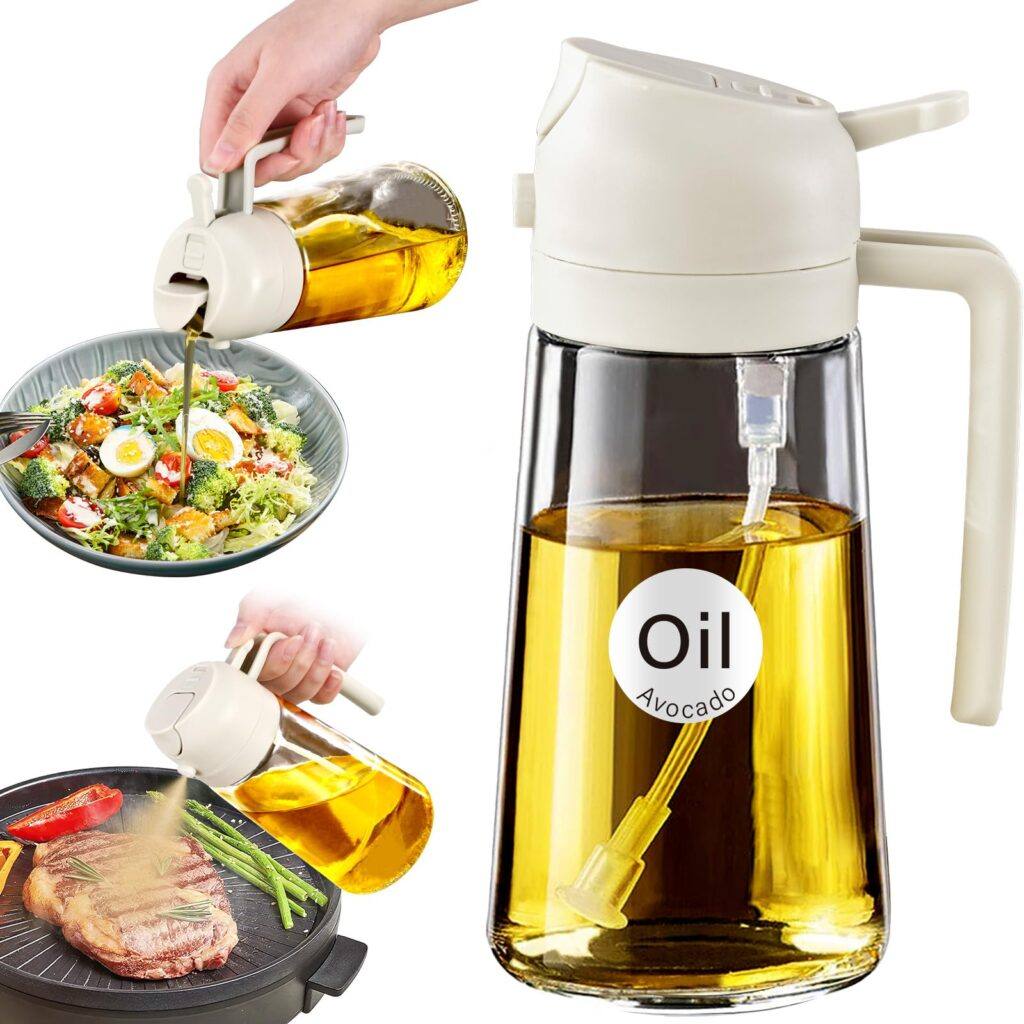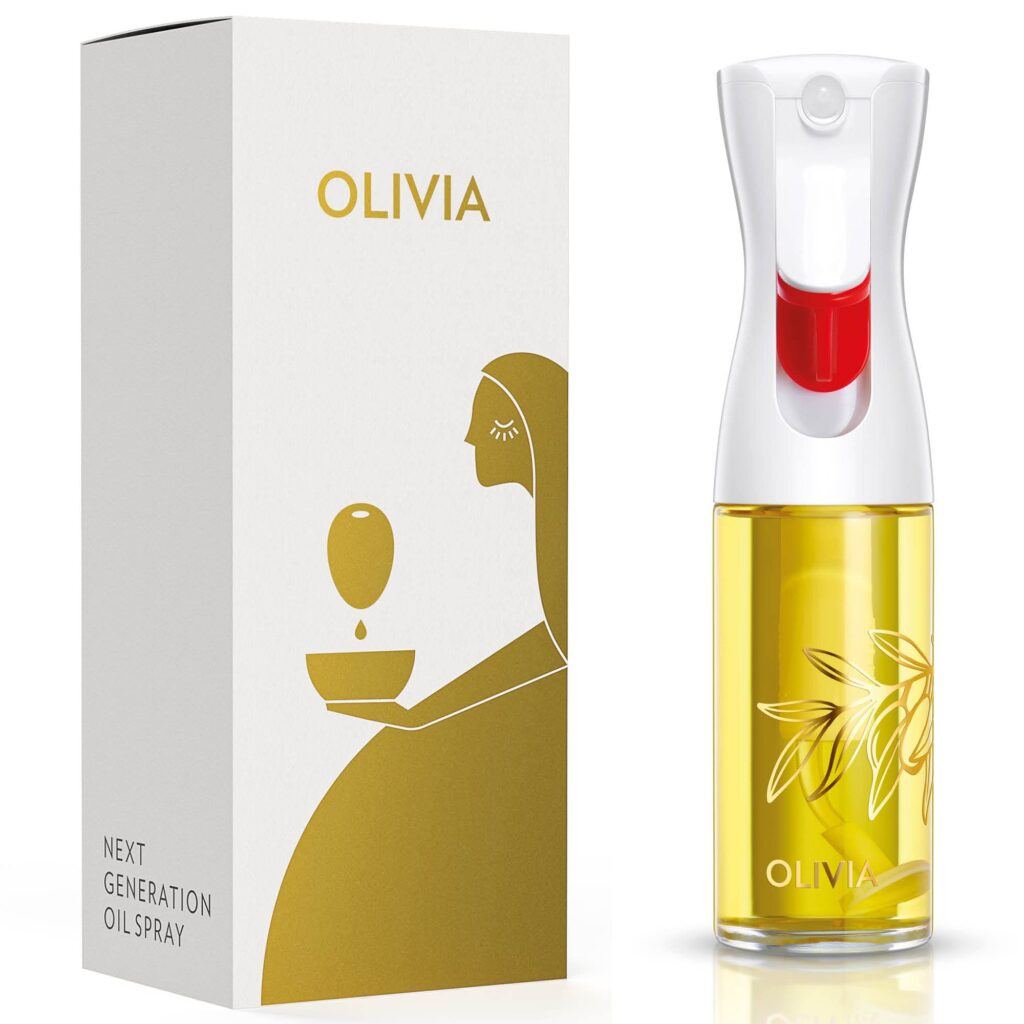Cooking oils are a staple in kitchens everywhere. Whether you’re sautéing, frying, dressing a salad, or baking, the oil you pick can really shape the flavor and texture of your food. Every oil brings its own taste, smoke point, and nutritional perks to the table.
You’ve got options: olive, avocado, canola, coconut, vegetable—the list goes on. Each one has its quirks that make it better for certain recipes. Picking the right oil can impact both the taste and the healthiness of your meal.
When you’re choosing a cooking oil, think about its smoke point, flavor, and nutritional value. The smoke point tells you how hot you can get the oil before it starts to burn or taste off, which is a big deal if you’re frying. Some oils have bold flavors, while others are more neutral—sometimes you want the oil to shine, sometimes you don’t. A little know-how here can make your food better and maybe even a bit healthier.
Best Cooking Oils
Honestly, the “best” cooking oil depends on what you’re making and what flavors you’re after. Some are great for frying, some for baking, some for finishing a dish. Here are a few standout oils and oil tools for everyday cooking.
FryAway Oil Solidifier
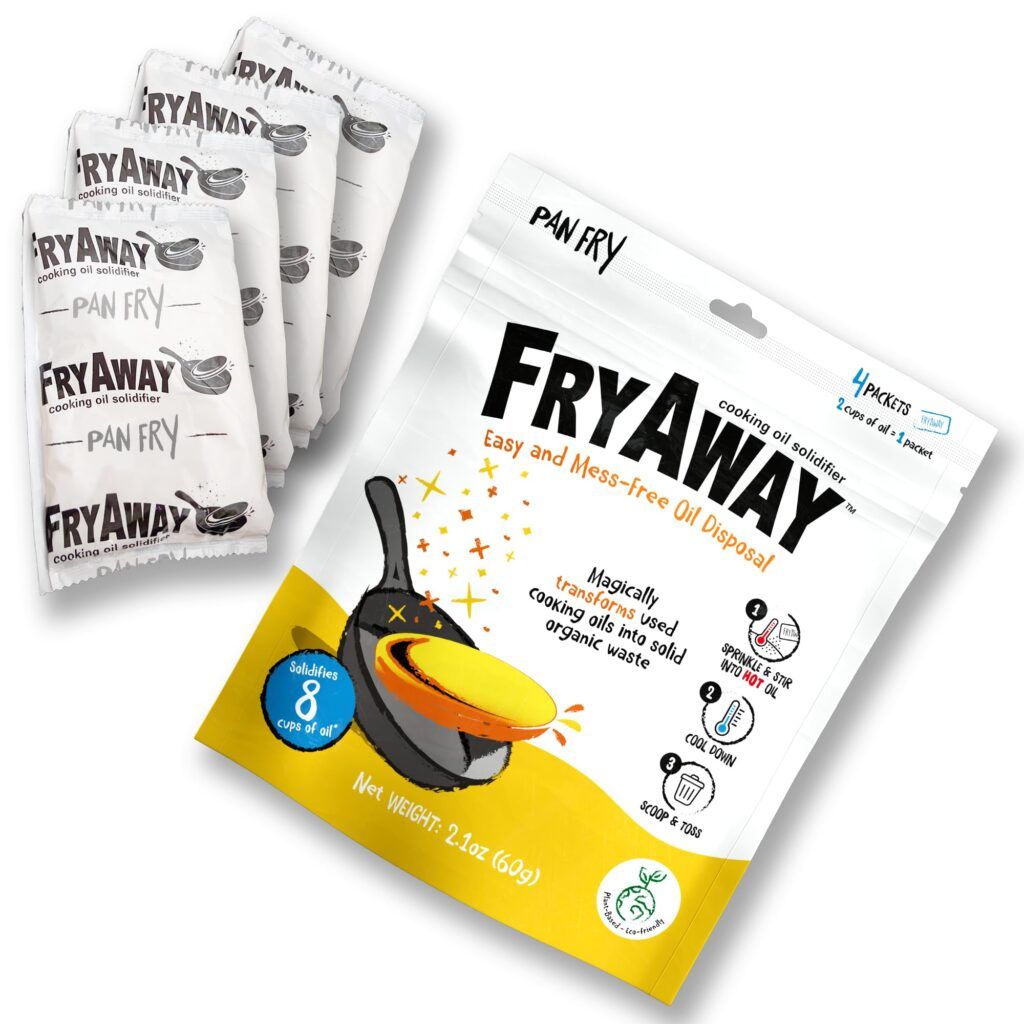
Here’s a product that makes cleaning up used cooking oil way less of a hassle. It solidifies leftover oil, so you can just toss it in the trash—no more worrying about messy spills or clogged drains.
Pros
- Plant-based and breaks down quickly
- Works with most common cooking oils and fats
- Makes cleanup pretty painless
Cons
- Oil needs to cool down before it’ll solidify
- Can leave a bit of grease behind
- Not for oil you want to reuse
FryAway Oil Solidifier turns used oil—from pan frying or deep frying—into a solid chunk you can safely toss out. It’s handy if you’re tired of dealing with greasy messes or worrying about pouring oil down the sink.
There are different sizes for big or small batches, so it works whether you’re frying up a storm or just making breakfast. Just a heads-up: make sure the oil’s cool enough before adding the solidifier, or it won’t work right.
It’s not perfect—you’ll still need to wipe out some residue, and it’s not for oil you want to save for another round. But if you’re looking for a plant-based, more eco-friendly way to get rid of used oil, this is a smart option.
OURCABECUE Cooking Oil Bottle
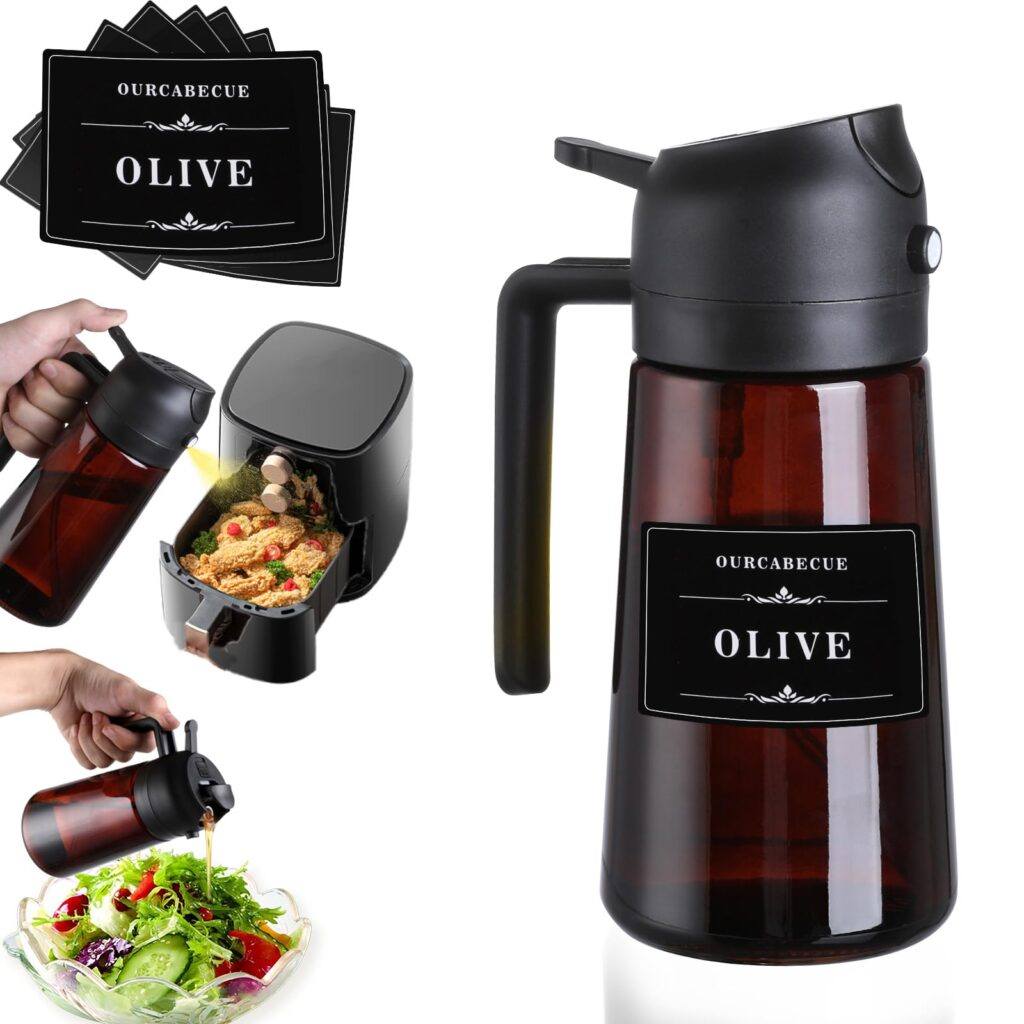
This bottle is a solid pick if you want to keep your oils fresh and make pouring or spraying them a little less messy.
Pros
- Dark brown glass protects oil from light
- Lets you pour or spray, depending on what you need
- Comes with labels so you know what’s inside
Cons
- Sprayer needs a few pumps to get going
- Hand wash only if you want it to last
- Silicone tubing might need an occasional rinse
The brown glass keeps oils like olive or walnut from going rancid as quickly. Having both a pour spout and a spray top is surprisingly useful—sometimes you want a drizzle, sometimes just a light mist.
Labels are a nice touch if you keep a few different oils on hand. Just keep in mind, you’ll need to clean the bottle and tubing by hand, which isn’t everyone’s favorite chore.
YARRAMATE Olive Oil Spray Bottle
This bottle is all about precision—great if you want to use less oil or just keep things neat when cooking or dressing salads.
Pros
- Helps you use just the right amount of oil—no more, no less
- Made from BPA-free, lead-free glass
- Wide mouth makes it easy to refill and clean
Cons
- Only works well with oils that spray or pour easily
- Glass can break if you drop it
- Sprayer needs cleaning now and then
This bottle’s handy if you’re working with oils like olive or avocado and want to spray a fine mist or just pour a bit. The clear glass makes it easy to see how much you’ve got left, and it looks nice, too.
If you’re roasting or grilling, the light spray helps coat food evenly. Just be aware—if you need a lot of oil, you’ll be spraying for a while. Also, thicker or solid oils can clog it up, so stick to the basics.
Mantova High-Heat Cooking Oil
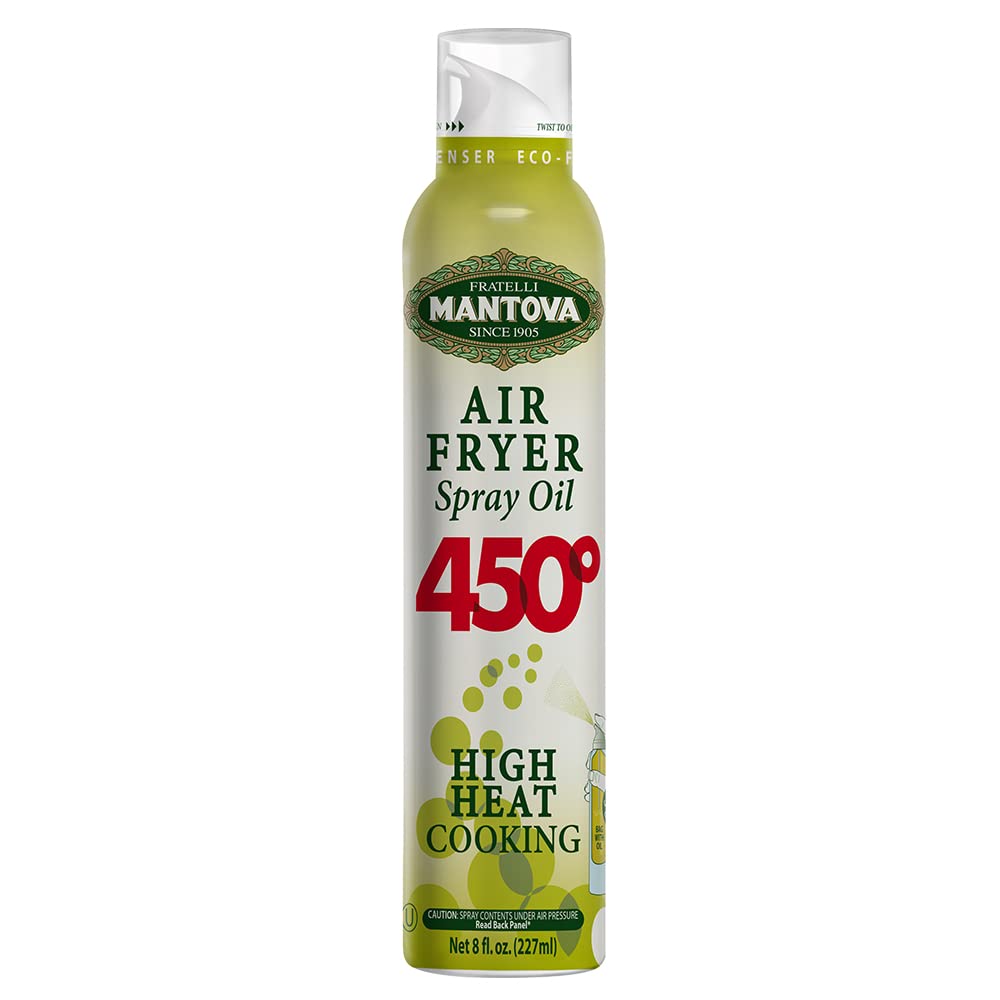
This oil is a go-to for high-heat cooking—think roasting, grilling, or frying—thanks to its high smoke point and clean ingredients.
Pros
- Stands up to heat up to 450°F
- No weird additives or fake flavors
- Works for lots of cooking styles: roasting, grilling, baking, sautéing
Cons
- Comes in a small bottle, so you might run out fast
- Flavor is pretty neutral—not a standout for every dish
- Some folks have issues with the spray mechanism
This blend (avocado, rice, sunflower) is a solid choice for high-heat recipes. It won’t smoke up your kitchen, and the ingredient list is short and clean—always a plus.
If you go through a lot of oil, the small size could be annoying. Its flavor is mild, which is nice for some recipes, but not if you want the oil to add something special.
FLAIROSOL Olivia Oil
This olive oil bottle is all about giving you control, whether you’re drizzling or spraying. It’s pretty versatile and keeps things tidy.
Pros
- Fine mist for even, consistent oil coverage
- Works with different oils and liquids
- Leakproof and easy to refill
Cons
- Sprays a bit more oil per pump than some other bottles
- You’ll need to prime it the first time
- Glass is breakable, so handle with care
Olive oil is a classic for salads and gentle cooking. This sprayer helps you use just enough—maybe even a little less than you’d expect, which can be good for your waistline.
It’s not limited to olive oil, either—you can use it with other liquids. The spray is super fine, so it covers food evenly. Just be aware, it can spray out more than you planned if you’re not careful, which might throw off delicate recipes.
Buying Guide
When picking out cooking oils, smoke point really matters. That’s the temperature where oil starts to break down and smoke—nobody wants burnt oil. If you’re frying or cranking up the heat, reach for oils with a higher smoke point. For salads or gentle simmering, lower smoke points are just fine.
Take a peek at the oil’s origin and processing method. Cold-pressed or extra virgin oils keep more nutrients, but their smoke points are usually lower. Refined oils can handle more heat, though sometimes they sacrifice a bit of flavor or nutrition along the way.
Think about the oil’s flavor profile. Neutral oils like canola or vegetable won’t get in the way of your dish, but olive and sesame? Those bring their own personality to the table.
Labels matter—look for ones that promise purity and no weird additives. Some brands mix in cheaper oils, which can mess with both how your food turns out and its health perks.
| Feature | What to Look For | Importance |
|---|---|---|
| Smoke Point | High for frying (above 400°F) | Avoids burning and off-flavors |
| Processing | Cold-pressed or refined | Nutrient content vs heat stability |
| Flavor | Neutral or strong, depending on use | Matches cooking or dressings |
| Purity | 100% pure, no additives | Ensures quality and safety |
Give that label a good read to make sure the oil works for what you’ve got in mind. And hey, don’t forget to check the shelf life and storage tips—fresh oil just tastes better.


